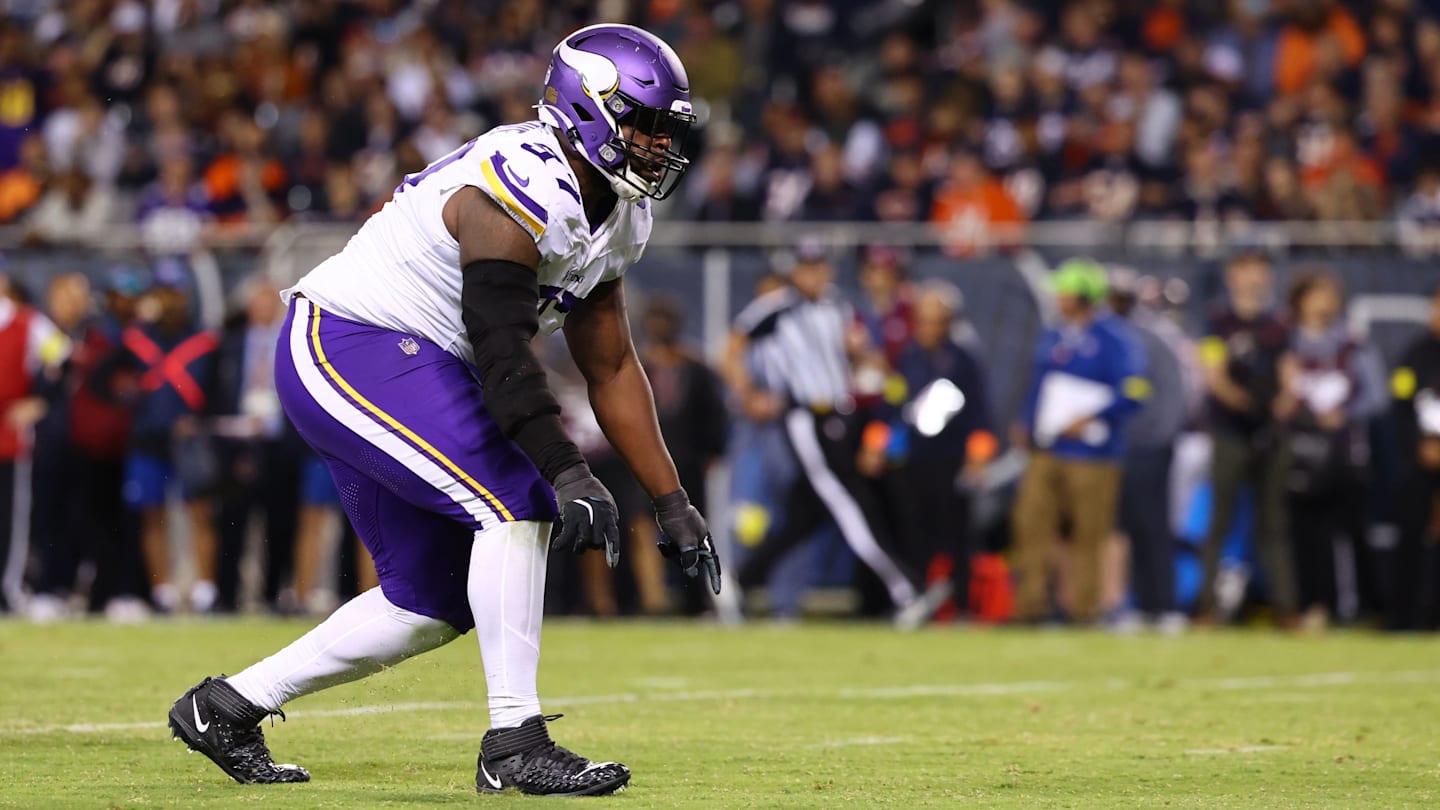
Joe Maring / Android Authority
As an Android fan, there’s nothing quite like a major Android OS upgrade. Even as more recent Android versions have seen tamer year-over-year updates compared to a decade ago, there’s still something exciting about getting a fresh piece of software on your phone or tablet.
For the last several years, the cadence of Android updates has been consistent: Google announces a Developer Preview sometime in February or March, a public beta follows in the spring, and the public build launches in late summer or early fall — and then it starts all over again with the next version.
We’ve been able to safely rely on this release cycle for a while now, but Google’s drastically different approach to Android 16 made it clear that things were changing. Now, paired with recent reports that Samsung is shaking up its One UI release schedule, one thing is clear. The era of Android updates as we know it is changing, for better or worse.
What do you think about the new Android update cycle?
334 votes
Android updates mean something different now
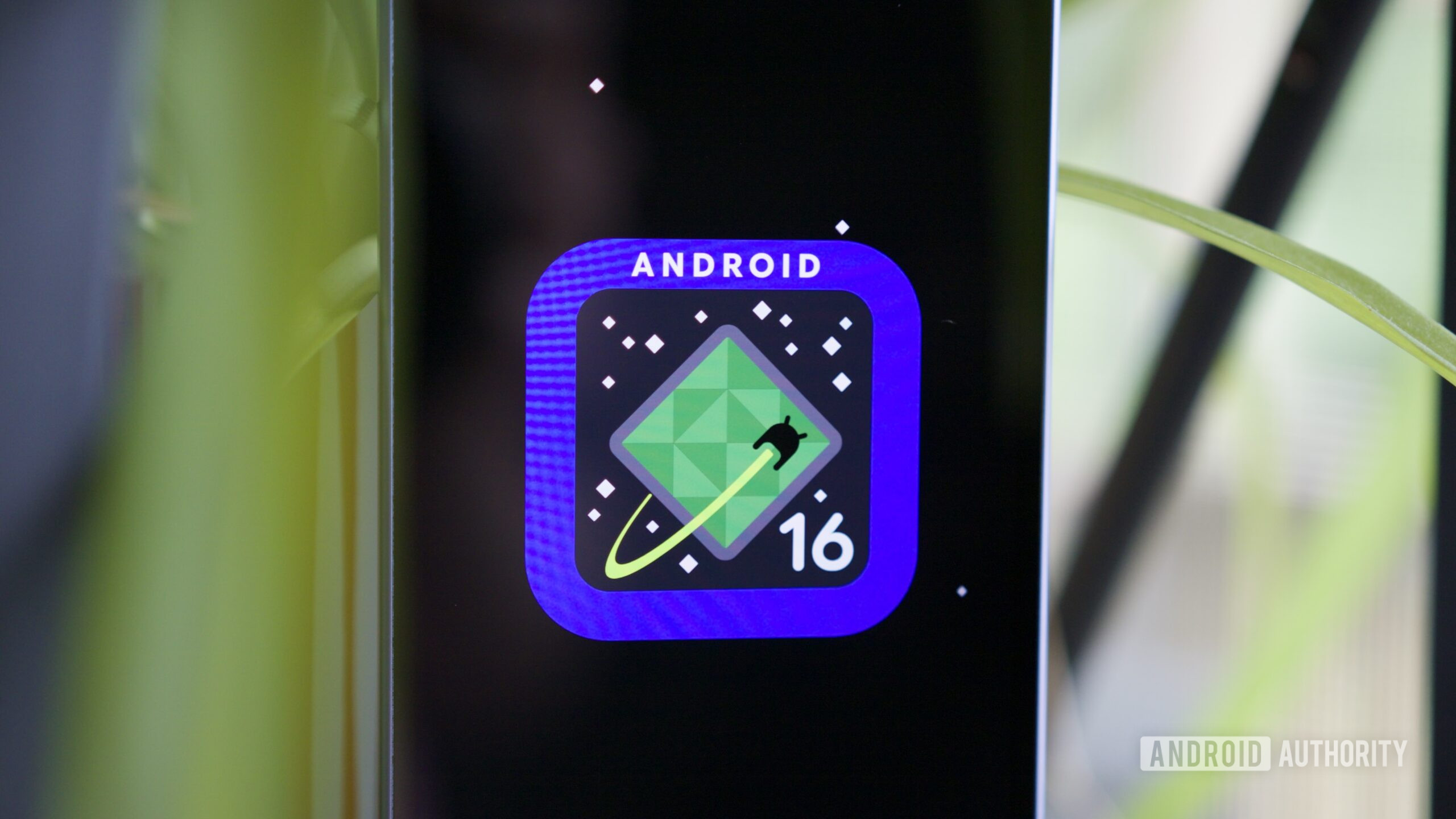
Joe Maring / Android Authority
This all started in late 2024. Just two months after Android 15’s public release on September 3, Google announced on November 14 that its first Developer Preview for Android 16 was already available.
This marked the beginning of Google’s big push to dramatically change how it releases Android updates. By starting the development process months earlier than usual, Google could ensure the public release would be ready in time for its new Pixel hardware in late summer. Additionally, it also means phones released earlier in the year don’t have to wait as long for the next big Android update (at least, theoretically).
Fast forward to July 2025, and Google’s strategy worked. Android 16 officially launched on June 10, putting it months ahead of the October release window we’d previously seen for Android 15 and Android 14. But despite being a full version number update, Android 16 doesn’t feel like one.
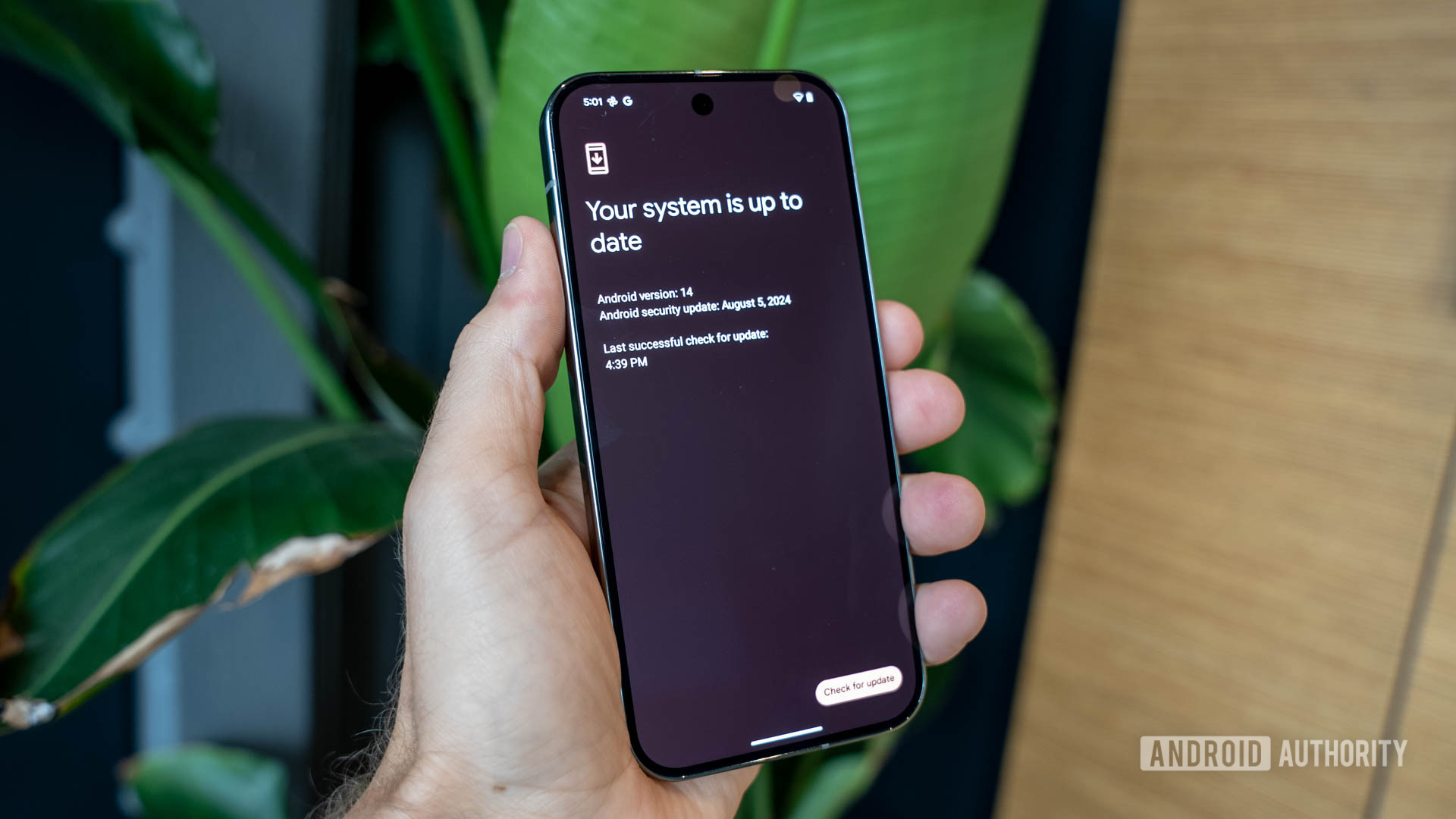
C. Scott Brown / Android Authority
That’s because all of Android 16’s really exciting changes — such as Material 3 Expressive, the quick settings redesign, the new settings app, Magic Portrait, and numerous other features — are all part of Android 16 QPR1. In other words, going from Android 16 -> Android 16 QPR1 will feel like a dramatically bigger update than the Android 15 -> Android 16 upgrade.
It also means that the timeline for Android updates hasn’t really changed; it’s just gotten more staggered and confusing.
The days of waiting for that big Android update near the end of the year are all but gone.
With Android 16 QPR1 not receiving a public release until September, we’re ultimately still waiting about the same amount of time as we were for Android 15, Android 14, and so on. The difference now, though, is that instead of waiting for a single Android update and knowing all of the new features are packed into it, we have to keep track of what’s in Android 16 and what’s in Android 16 QPR1 — not to mention more features coming later with Android 16 QPR2 in early 2026.
This faster/constant development cycle means you can always expect a trickle of new updates from Google, but it also makes it clear that the days of waiting for that big Android update near the end of the year are all but gone.
And soon, Android updates could mean nothing at all

Joe Maring / Android Authority
If you’re thinking that such a dramatic shift in Android’s development timeline will have ramifications for other companies, you’d be right. A report from late last week provided a glimpse into how Samsung is adjusting to this new normal.
Currently, Samsung debuts new Android updates with its Galaxy S phones. This year, for example, the Galaxy S25 series included the first Samsung phones to ship with Android 15/One UI 7. But going forward, new Android updates will debut on Samsung’s Galaxy Z Fold and Flip phones, as seen with the Galaxy Z Fold 7 and Z Flip 7, which are the first Samsung phones to ship with Android 16/One UI 8
Following this cycle, the Galaxy S26 series will also ship with Android 16, with Samsung not debuting its Android 17/One UI 9 update until the launch of the Galaxy Z Fold 8 and Flip 8 later in the year.

C. Scott Brown / Android Authority
Where things get interesting, though, is that Samsung will reportedly start using its Galaxy S phones to introduce One UI X.5 updates — meaning the Galaxy S26 would get One UI 8.5 (still based on Android 16), whereas the Z Fold 8/Flip 8 get One UI 9 (based on Android 17).
The kicker is that these X.5 updates will supposedly have more substantial user-facing changes than Samsung’s full version number updates. So, instead of major Android OS upgrades signifying big changes for Samsung phones, that’ll be relegated to these One UI X.5 updates, which are still based on the previous year’s Android version.
It’ll be One UI updates, not Android ones, that matter the most.
If this is all true, getting an Android update for a Samsung phone soon won’t mean anything at all. Android updates will still exist, but we’re looking at a future where going from One UI 8 -> One UI 8.5 — both based on Android 16 — is a bigger deal than having your Samsung phone updated from Android 16 to Android 17. In other words, it’ll be One UI updates, not Android ones, that matter the most.
A strange new future
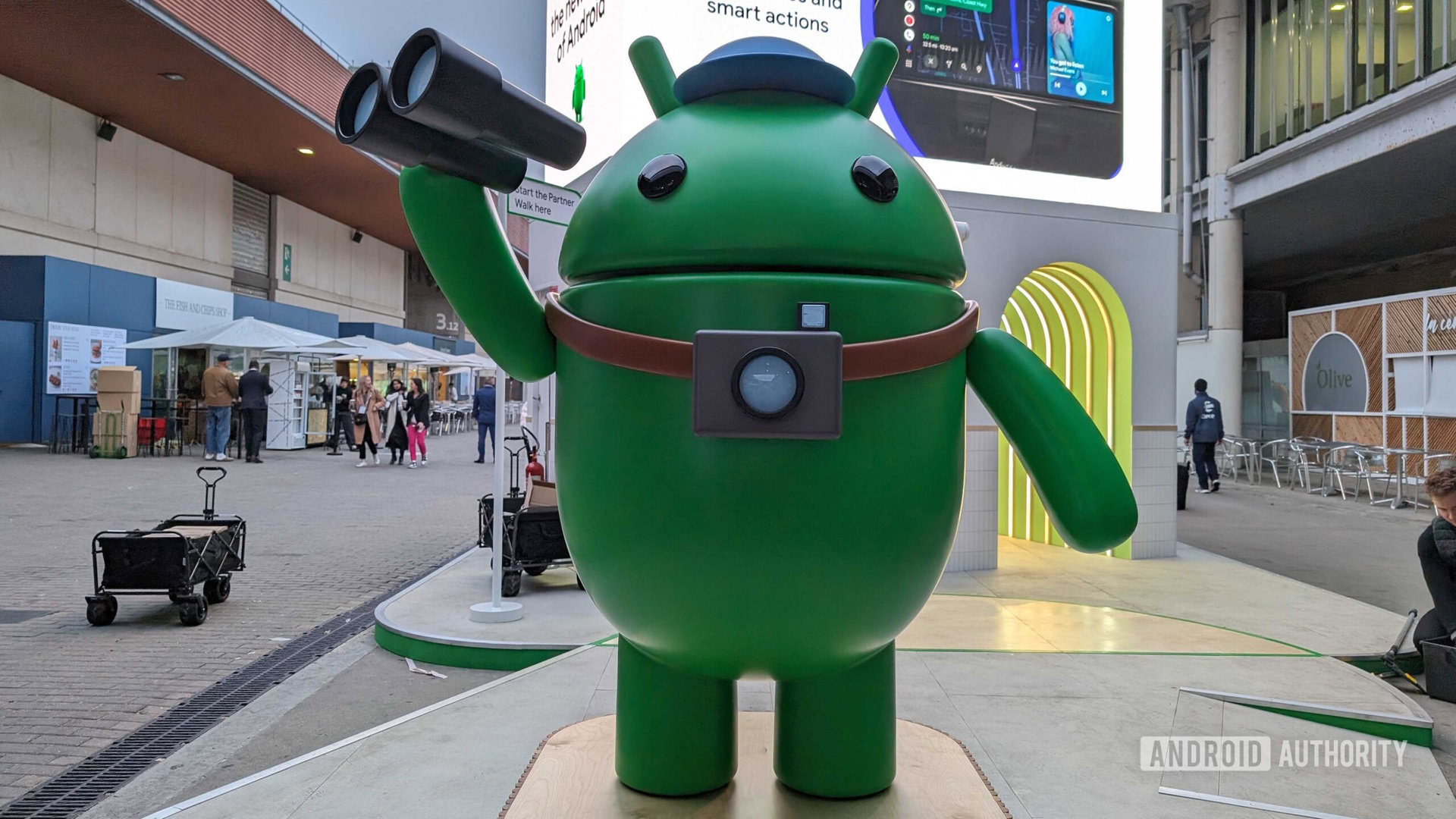
Rita El Khoury / Android Authority
Less than a year after Google announced its big new plans for Android development, it’s hard to believe how much has already changed.
If you have a Google Pixel phone, getting a big update like Android 16 doesn’t mean what it used to. Now, if you’re interested in new software features and other changes, it’s all about waiting for the following QPR updates, months after your phone gets a new Android version.
For Samsung phone owners, Samsung may be creating a world where upgrading to a new Android version is irrelevant, and instead, One UI-specific updates are what really matter. Going forward, I suspect we’ll see other companies, such as OnePlus and Motorola, follow suit.
At the end of the day, our Android devices are still getting updates and new features, and you could argue that’s ultimately all that matters. But at least right now, it all feels difficult to adjust to.
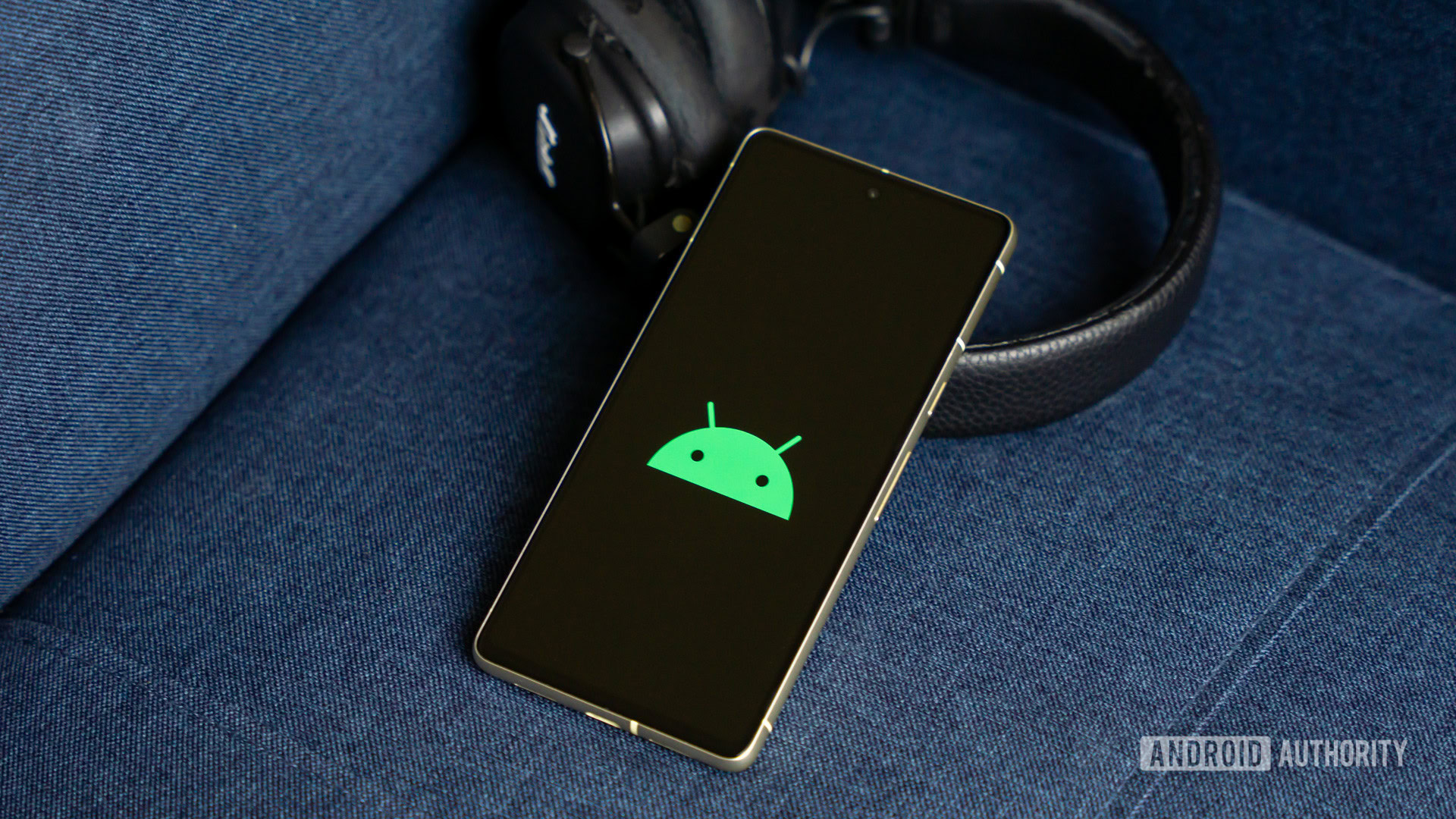
Edgar Cervantes / Android Authority
This new Android development cycle enables Google to release updates more quickly and better align them with its Pixel phones, but it also takes away the magic that Android updates have long held. The magic of knowing you could look forward to that one big update later in the year that would hold all the big changes Google had been working on.
Maybe this future of smaller, more frequent updates will work out for the best; I’m certainly open to that change and seeing how it plays out. But whether it proves to be good or bad, one thing is guaranteed. Google and Samsung have forever changed Android updates as we know them, and there’s no going back.
Thank you for being part of our community. Read our Comment Policy before posting.
Source link

